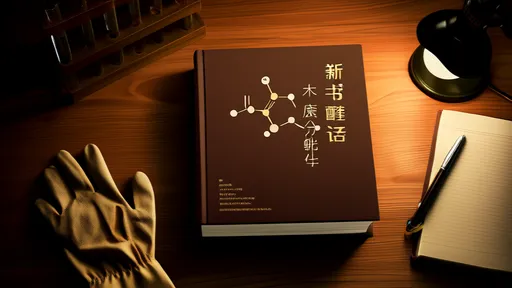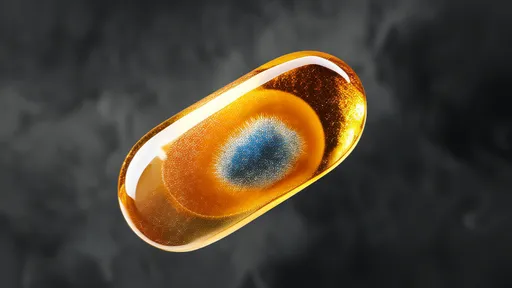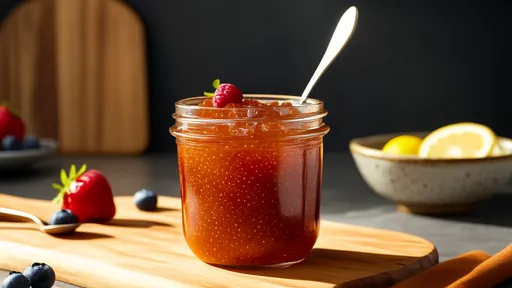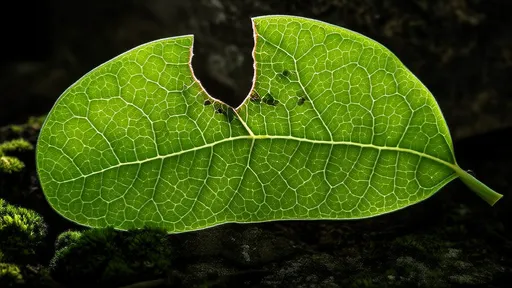The kitchen is a laboratory where ordinary ingredients undergo extraordinary transformations. Among these alchemical processes, few are as universally beloved—yet chemically complex—as the Maillard reaction. Named after French chemist Louis-Camille Maillard, who first described it in 1912, this non-enzymatic browning phenomenon is the secret behind the seductive crust on seared steak, the golden crisp of freshly baked bread, and the intoxicating aroma of coffee beans roasted to perfection. But beyond its culinary magic lies a world of molecular collisions, temperature thresholds, and volatile compounds that scientists are still unraveling.
At its core, the Maillard reaction is a dance between amino acids and reducing sugars under heat. Unlike caramelization—which involves sugar alone—this process creates hundreds of aromatic compounds that define the flavor profiles we associate with cooked foods. When temperatures hover between 140°C to 165°C (284°F to 329°F), the reaction hits its stride, producing compounds like pyrazines (nutty), furans (caramel-like), and thiazoles (meaty). The precise balance of these molecules determines whether we perceive depth, umami, or sweetness in a given dish.
The Chemistry of Craving
What makes the Maillard reaction particularly fascinating is its unpredictability. A slight variation in pH, moisture content, or heating time can dramatically alter the flavor outcome. For instance, the difference between a lightly toasted marshmallow and a charred one isn’t just a matter of color—it’s a shift in chemical pathways. At lower temperatures, furanones create butterscotch notes, while prolonged heat generates bitter melanoidins. This delicate balance explains why professional kitchens obsess over precise temperature control, whether using sous-vide circulators or infrared thermometers.
Modern food science has revealed that the Maillard reaction isn’t confined to stovetops or ovens. It occurs in fermented products like soy sauce and aged cheeses, albeit at slower rates. In chocolate production, the critical roasting phase—where cocoa beans develop their signature complexity—is essentially a Maillard symphony. Even the human body participates in this chemistry: the browning of hemoglobin in aged meat or the formation of advanced glycation end-products (AGEs) in diabetes are unintended manifestations of the same process.
The Art of Controlled Burning
Chefs have long manipulated the Maillard reaction through technique. The French practice of suer (sweating vegetables) versus rissoler (browning them) demonstrates how heat intensity dictates flavor development. In pastry, brushing dough with egg wash accelerates browning by providing extra proteins and sugars. Meanwhile, Asian cuisines employ alkaline ingredients like lye water in pretzels or kansui in ramen noodles to raise pH levels, making amino acids more reactive. These cultural adaptations highlight how the same chemical principle can yield wildly different sensory experiences.
Recent research has uncovered surprising health implications. While Maillard products contribute antioxidant properties in coffee and beer, excessive consumption of acrylamide (a byproduct in fried potatoes) has raised concerns. Food scientists now explore mitigation strategies, from asparaginase enzymes to vacuum frying. Yet, the challenge remains: how to preserve the flavors we love while minimizing potential risks—a testament to the reaction’s double-edged nature.
Beyond the Plate: Industrial Applications
The fragrance industry capitalizes on Maillard chemistry to replicate warm, comforting scents. Perfumers isolate compounds like 2-acetyl-1-pyrroline (found in jasmine rice and popcorn) to create gourmand accords. Pet food manufacturers employ the reaction to enhance palatability, while plant-based meat companies use it to mimic the char of animal proteins. Even space agencies study Maillard kinetics to develop appealing foods for long-duration missions, where aroma plays a crucial role in appetite stimulation.
As molecular gastronomy pushes boundaries, chefs now deconstruct the reaction through techniques like freeze-drying followed by precise thermal application. One avant-garde restaurant serves "Maillard bubbles"—foams encapsulating the essence of toasted bread without the bulk. Such innovations remind us that this century-old discovery remains fertile ground for creativity, bridging the gap between tradition and experimentation.
The next time you inhale the scent of freshly baked cookies or savor the crisp skin of roast chicken, remember: you’re not just enjoying food, but witnessing organic chemistry in its most delicious form. The Maillard reaction, in all its chaotic glory, proves that sometimes the most profound pleasures arise from the simplest collisions—between a sugar molecule and an amino acid, between heat and time, between science and art.

By /Aug 8, 2025

By /Aug 8, 2025

By /Aug 8, 2025

By /Aug 8, 2025

By /Aug 8, 2025

By /Aug 8, 2025

By /Aug 8, 2025

By /Aug 8, 2025

By /Aug 8, 2025

By /Aug 8, 2025

By /Aug 8, 2025

By /Aug 8, 2025

By /Aug 8, 2025

By /Aug 8, 2025

By /Aug 8, 2025

By /Aug 8, 2025

By /Aug 8, 2025

By /Aug 8, 2025

By /Aug 8, 2025

By /Aug 8, 2025